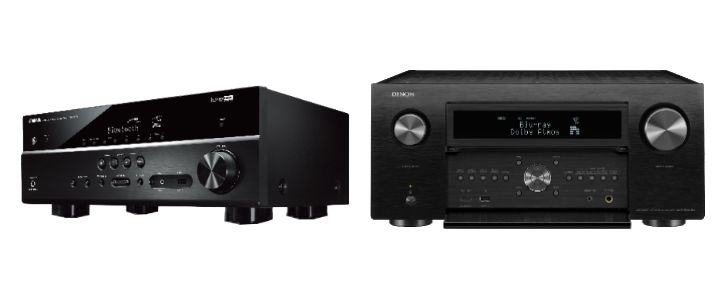You will need an A/V receiver for your home theatre, there is no way around it. Getting the right receiver can be overwhelming but it doesn’t have to be.
Some questions you need to ask yourself.
How many speakers are you going to put in your room?
If you are setting a room with five speakers (5.1) then you will need an A/V receiver with a minimum of five channels. You can always get a receiver with more.
Are there any other zones you will connect to the receiver?
Some receivers have the ability to connect a pair of speakers to a second or possible a third zone. This means you will need a receiver with some channels and the function to be zoned and be able to connect a pair of speakers to the other zone.
How many components are you connecting?
You should know how many components are you going to connect to the receiver. Most people will connect on average three components, not including the TV.
How will you be connected these devices?
How you connect these components to the receiver will indicate what connections you need on the receiver. The most common connection is HDMI. Some older components might have RGB connectors. So check out what you have and what you will need. If you are starting from scratch, likelihood is you should only need HMDI connections for your video sources.
How much power (watts) will you need?
All speakers have a recommended power amplifier. In theory if you have a receiver that is within the recommended specification of the speakers, they should work together quite easily.
These are just some questions that should know the answers to.

Because you have so much choice, look at what you how you would use it now and how you might use the receiver in the near future. Pictured above are the Yamaha basic model RX-V385 and the Denon Flagship AVC-X8500H.
So when you do shopping, have a look at the receivers and ask the assistant questions.